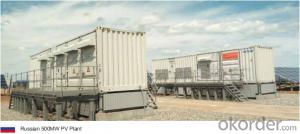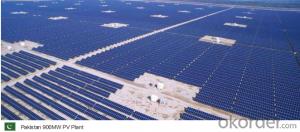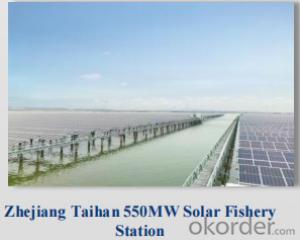DC1500V Central Inverter GSM3125C/GSM3400C/GSM2500C/GSM3000C
- Loading Port:
- China main port
- Payment Terms:
- TT OR LC
- Min Order Qty:
- 50 pc
- Supply Capability:
- 15000 pc/month
OKorder Service Pledge
OKorder Financial Service
You Might Also Like
Item specifice
Product Description:
★Max. PV voltage up to 1500V Max. 28 DC inputs
★Dustproof protection Modular design for Easy maintenance
★Max. DC/AC ratio up to 1.5 Full power output under 50℃
★AGC/AVC Night SVG function LVRT/HVRT/FRT function
Technical Specifications:
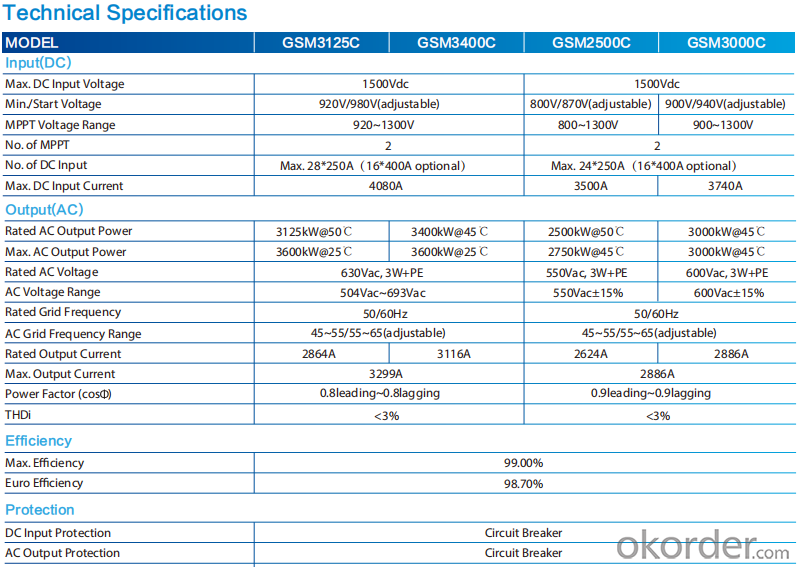
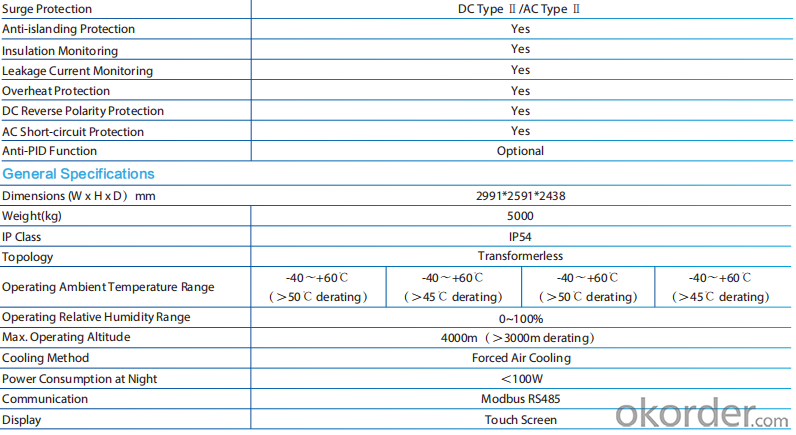
FAQ:
Q:How the output voltage of the PV inverter and the grid-connected voltage are determined
Inverter is the DC power (battery, battery) into alternating current (usually 220V, 50Hz sine wave). It consists of inverter bridge, control logic and filter circuit. Widely used in air conditioning, home theater, electric wheel, power tools, sewing machines, DVD, VCD, computer, TV, washing machine, range hood, refrigerator, video recorders, massage, fan, lighting and so on. In foreign countries
Q:Installation and maintenance of photovoltaic grid - connected inverter
only when the local power sector permission by the professional and technical personnel to complete all the electrical connection before the inverter can be connected.
Q:What is the difference between a PV grid-connected inverter and an off-grid inverter?
Off-grid inverter is equivalent to their own to establish an independent small power grid, mainly to control their own voltage, is a voltage source.
Q:After the PV inverter, how to achieve the same period before the network?
Solar panel simulator: with MPPT function, simulated morning, noon, afternoon, evening, rainy weather, solar panels produced under different conditions in different voltages.
Q:Is the PV inverter a current source or a voltage source?
According to the waveform modulation method can be divided into square wave inverter, stepped wave inverter, sine wave inverter and modular three-phase inverter.
Q:Photovoltaic grid-connected inverter without DC emc how will happen
Solar photovoltaic power generation technology is the use of solar cells, the photovoltaic effect of semiconductor materials, solar radiation can be directly converted into a new type of power generation system, solar energy is a radiant energy, solar power means --- to direct conversion of sunlight Into electricity,
Q:What is the difference between low voltage grid connection and medium voltage grid connection?
For photovoltaic power plants when the power system accidents or disturbances caused by photovoltaic power plant grid voltage drop, in a certain voltage drop range and time interval, the photovoltaic power plant can ensure that non-off-line continuous operation.
Q:Is the grid side of the grid and the inverter?
The grid load side of the grid is the grid. The inverter is an important part of the PV grid-connected system and can not be regarded as an external load. Photovoltaic power generation system is included in both grid and off-grid.
Q:PV grid-connected inverter and independent inverter in the control of what is the difference
The independent inverter in the output voltage phase amplitude of the frequency control is initially set good. Independent inverter, you should refer to off-grid inverter, do not need to consider the grid situation.
Product Images:

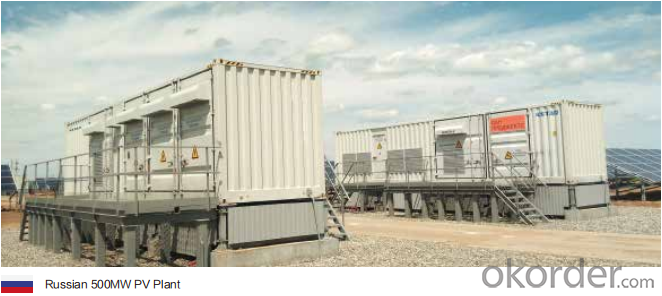
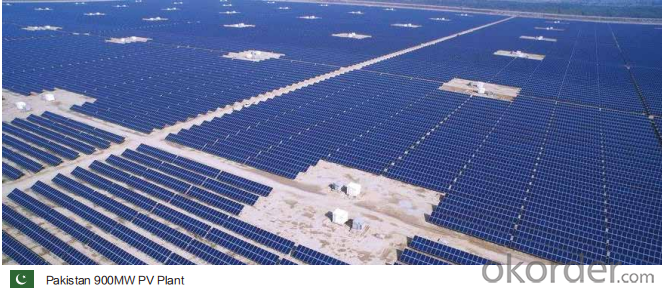


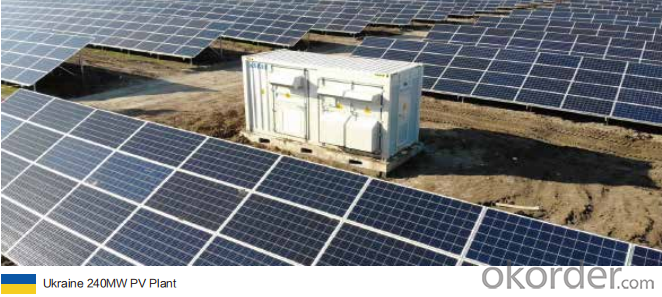
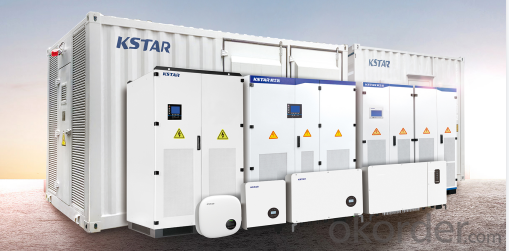
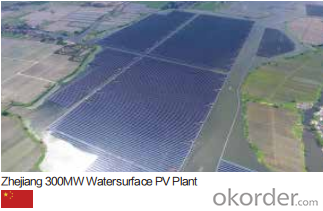
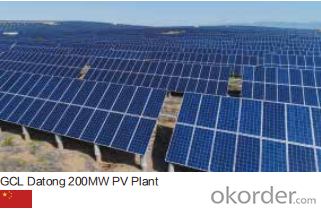
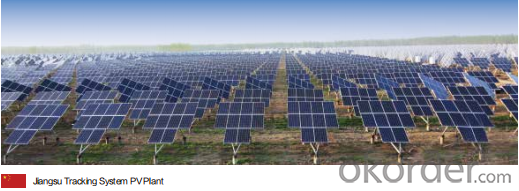
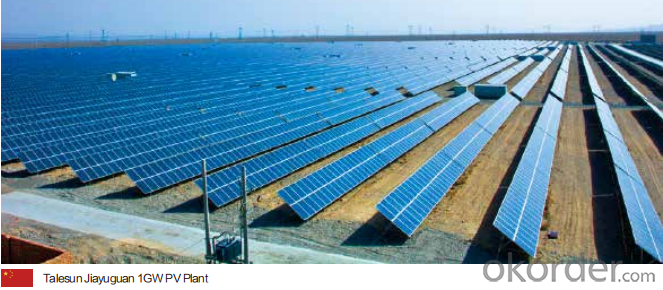
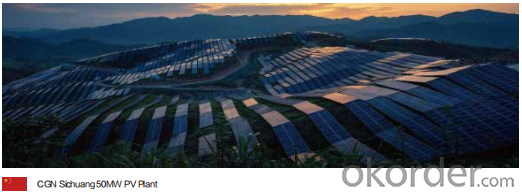


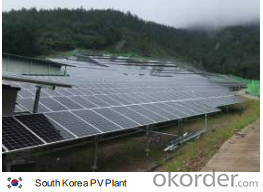
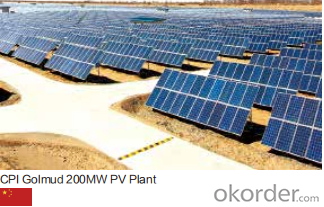

Production Process Photos:

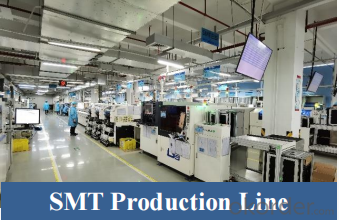
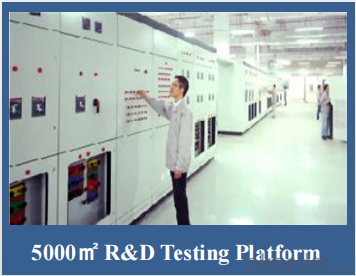
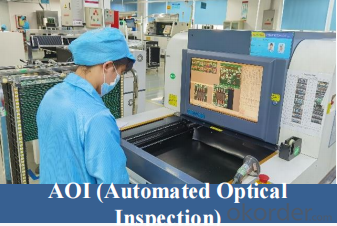
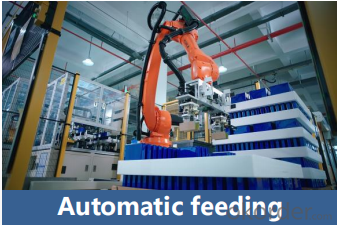
- Q:Can a solar inverter be used in regions with high levels of lightning activity?
- Yes, a solar inverter can be used in regions with high levels of lightning activity. However, it is important to install appropriate lightning protection measures to ensure the safety and functionality of the solar inverter system. This can include surge protection devices and grounding systems to mitigate potential damage caused by lightning strikes.
- Q:What are the advantages of using a transformerless solar inverter?
- One advantage of using a transformerless solar inverter is its higher efficiency. By eliminating the need for a bulky and heavy transformer, the inverter can convert the DC power from the solar panels to AC power more efficiently. This results in less energy loss during the conversion process, leading to higher overall system efficiency and increased energy generation. Additionally, transformerless inverters tend to be smaller and lighter, making them easier to install and maintain.
- Q:Can a solar inverter be used in systems with multiple solar arrays?
- Yes, a solar inverter can be used in systems with multiple solar arrays. A solar inverter is designed to convert the direct current (DC) produced by solar panels into usable alternating current (AC) for powering electrical devices or feeding back into the grid. It can be connected to multiple solar arrays in parallel or series to increase the overall power output of the system. However, it is important to ensure that the inverter is properly sized and matched to the combined capacity of all the solar arrays to ensure optimal performance and efficiency.
- Q:Can a solar inverter be used with concentrated photovoltaic thermal systems?
- Yes, a solar inverter can be used with concentrated photovoltaic thermal (CPVT) systems. A solar inverter is used to convert the direct current (DC) generated by the CPVT system into alternating current (AC) that can be used to power electrical devices or be fed into the grid.
- Q:What is the role of a solar inverter in maintaining system stability?
- The role of a solar inverter in maintaining system stability is to convert the direct current (DC) generated by the solar panels into alternating current (AC) that can be used to power electrical devices. It also helps regulate the voltage and frequency of the AC output to ensure it matches the requirements of the electrical grid. By effectively managing the power flow and ensuring compatibility with the grid, the solar inverter helps maintain system stability and prevents any disruptions or damage to the entire solar power system.
- Q:Can a solar inverter be installed in a multi-storey building?
- Yes, a solar inverter can be installed in a multi-storey building. The installation of a solar inverter in a multi-storey building follows the same principles as in any other building. The solar panels are typically installed on the rooftop or any other open area where they can receive maximum sunlight. The generated DC power from the solar panels is then converted into AC power by the solar inverter. In a multi-storey building, the solar inverter can be installed either on the rooftop or in a dedicated room or space on one of the floors. The installation location should be chosen based on factors such as ease of access, ventilation, and proximity to the solar panels. It is important to ensure that the inverter is installed in a safe and secure location that complies with local building codes and regulations. Additionally, the wiring and cabling required for connecting the solar panels to the inverter should be properly installed, taking into consideration the vertical distance between the panels and the inverter. Adequate protection measures should also be taken to prevent any damage or electrical hazards during the installation process. Overall, with proper planning and installation techniques, a solar inverter can be easily installed in a multi-storey building, helping to harness solar energy and reduce electricity costs for the residents or occupants.
- Q:How does a solar inverter handle voltage phase imbalance in the grid?
- A solar inverter handles voltage phase imbalance in the grid by continuously monitoring the grid's voltage and frequency. If it detects any phase imbalance, it adjusts its output to balance the voltage across all phases. This ensures that the power generated by the solar panels is synchronized with the grid and prevents any issues that may arise due to phase imbalances, such as equipment damage or power quality issues.
- Q:What is the role of a power monitoring feature in a solar inverter?
- The role of a power monitoring feature in a solar inverter is to track and measure the amount of power generated by the solar panels. It provides real-time data on the energy production, allowing users to monitor the system's performance, identify any issues or inefficiencies, and optimize the overall energy output. This feature is crucial for ensuring the effective and efficient operation of a solar power system.
- Q:Can a solar inverter work in low light conditions?
- Yes, a solar inverter can work in low light conditions. While the output power of a solar inverter may decrease in low light conditions, it is still capable of converting the available sunlight into usable electricity. The performance may vary depending on the specific model and technology used, but modern solar inverters are designed to work efficiently even in low light situations.
- Q:What are the different types of solar inverters available?
- There are three main types of solar inverters available: string inverters, microinverters, and power optimizers. String inverters are the most common and cost-effective option, where multiple solar panels are connected in a series and the inverter converts the DC power from the panels into AC power for use in homes or businesses. Microinverters, on the other hand, are installed on each individual solar panel, providing more flexibility and maximizing the energy output of each panel independently. Power optimizers work similarly to microinverters by optimizing the performance of each panel, but they are paired with a central inverter instead of being individually installed. Each type has its own advantages and considerations, depending on the specific installation requirements and goals.
1. Manufacturer Overview |
|
|---|---|
| Location | |
| Year Established | |
| Annual Output Value | |
| Main Markets | |
| Company Certifications | |
2. Manufacturer Certificates |
|
|---|---|
| a) Certification Name | |
| Range | |
| Reference | |
| Validity Period | |
3. Manufacturer Capability |
|
|---|---|
| a)Trade Capacity | |
| Nearest Port | |
| Export Percentage | |
| No.of Employees in Trade Department | |
| Language Spoken: | |
| b)Factory Information | |
| Factory Size: | |
| No. of Production Lines | |
| Contract Manufacturing | |
| Product Price Range | |
Send your message to us
DC1500V Central Inverter GSM3125C/GSM3400C/GSM2500C/GSM3000C
- Loading Port:
- China main port
- Payment Terms:
- TT OR LC
- Min Order Qty:
- 50 pc
- Supply Capability:
- 15000 pc/month
OKorder Service Pledge
OKorder Financial Service
Similar products
New products
Hot products
Hot Searches
Related keywords



